Every person has moments of reliving long-consumed moments, of sinking into nostalgia with an almost invasive character on the present, in which they find themselves. However, would it be possible to archive these memory databases in a visual format, accessible to the external viewer? How could technology be used to preserve memory and personal experience? Nicolae Romanițan is an artist with a sensibility verging on the archaic, who asks these questions, appealing to his own admiration for the signs of the past to answer them. “Unbewitched”, the artist’s solo exhibition curated by Horațiu Lipot, represents an attempt at digging into the collective memory to identify and interpret subjectively some archaic-digital elements, related both to the genetic heritage and the experience given by the anchoring in the possibilities of the present.
A defining feature of the artist’s pictorial and thematic style, which is also visible in the works presented in the exhibition “Unbewitched”, is the analogies made between past and present. Romanițan inserts in frames belonging to medieval aesthetic objects of contemporary use, creating an undefined spatial and temporal universe in his works; it reaches the zone of dream and spell, hence the title of the event.
Made of precarious, eroded materials, giving the effect of irreversible decomposition, Romanițan’s works acquire organicity. The visual and the tactile are fused by the specific materiality that the artist renders through fine hatching, especially visible in the case of “Searching for a connection”, which although an oil on wood, creates the illusion of a chisel engraving, printed on a parchment forgotten in time. The artist’s preference for working on damaged media is also captured in his 2021 series, “Minesweeper nightmare”, the pair of works rendering the unexpected pairing of a medieval torture chamber and the well-known old Windows operating system game, Minesweeper. Next to these works, on one of the walls of the exhibition space, the strategy of paneling a long pictorial ensemble determines a good visual dialogue with the public. Classic references to examples from art history, such as documentation of dissections in the form of anatomy lessons, interpretations of biblical subjects and the founding and systematization of genres in painting, are evident in works such as CD Corpvs Dissection, Live Hard, Die Hard, Self portrait with damaged media or Landscape Infestation. “These works testify about the beauty of a world in or towards disenchantment in an accelerated course of disintegration, as if an individual of the year 2050, after taking off his VR headset, notices that in the few years of continuous virtual reality in utopian places, around him real things have begun to collapse, to break down,” says the curator of the exhibition, Horațiu Lipot, about the selection of works staged.
The cheapset installation, the main assembly in the exhibition, is a set-up of decommissioned components that belonged to old, now obsolete computers, connected to both a present and an uncertain future by cables that intertwine with fragments of an eroded human skeleton. The installation brings together artificial bones, forgotten technologists and an IBM tube monitor on which a screensaver of the Windows’98 operating system runs endlessly, on which you can make out a maze of bricks that is seemingly dead-ended (the blocking effect is reminiscent of the well-known Knossos maze). Thematically and compositionally, cheapset like the exhibition as a whole, shows the shortcomings of the human condition in terms of storing dreams or bodily experiences outside one’s memory background, so that an external reception of them, untouched by one’s subjectivity, is in the first instance impossible. The installation becomes a satire addressed to the individual attempts to connect life to various technological tools, while being obvious, at the same time, placed in a framework that is related to the sobriety of medieval life – the artist proposes, in this context, an invitation to the reception of the return from technology to beliefs of a mystical or occult nature. The skeletal limbs that make up the cheapset protect, like Albrecht Dürer’s Hands in Prayer, two CPU pads that are the core of this installation of bones, childhood disks and digital labyrinths that are impossible to escape from.
“The exhibition ‘Unbewitched’ comes out of the frustration of not being able to remember the past and the bodily traumas we go through or imagine on any kind of hard drive, CD or device, out of the belief that everything is irretrievably lost, like a poster that keeps fading. “Unbewitched” is about feeling for a moment outside the circle of a spell meant to disrupt the good around you, or more precisely, about feeling excluded from this irreversible race that dissipates everything around you; even if it’s unstoppable, sometimes you find a point from which you can look at everything from the outside for a moment, and this gives you a certain hope, which can be lost, in turn. It’s all about memory and its preservation” – Nicolae Romanițan, on the exhibition “Unbewitched”.
Nicolae Romanițan (b. 1991) is a multidisciplinary artist, mainly focused on painting and drawing, integrating in his works a dimension of ontological research. A graduate of the Faculty of Art and Design in Cluj, he continues to work in Cluj-Napoca, but his presence in cultural spaces in the rest of the country should also be noted. Choosing symbols with a strong iconographic connotation, Romanițan creates visual analogies between fragments of the present and notions of art history. The artist looks towards the universality of human experience, merging in his practice deep existentialism and ironic interpretation of situations. His works explore a wide thematic range, sometimes bordering on the taboo, evoking sensations of the erotic, pain, violence or absurdity. Through the heightened tension of his characters, the natural-toned chromatic palette and the constant reference to the precariousness of the image, the artist succeeds in creating disguised self-portraits.
Nicolae Romanițan’s solo exhibition, “Unbewitched”, was opened on 5 October 2023 at Borderline Art Space, an active space of the cultural scene in Iași, and was open to the public until 1 November. The event was part of the exhibition circuit Whispers of the Posthuman World, organized by the Altlași Association and funded by the National Cultural Fund Administration (AFCN).
POSTED BY
Anne-Marie Lolea
Anne-Marie Lolea (b. 2002) is a young student at the Faculty of History and Theory of Art, who will complete her bachelor's degree in 2024. Her areas of interest include early 20th century modernity, ...


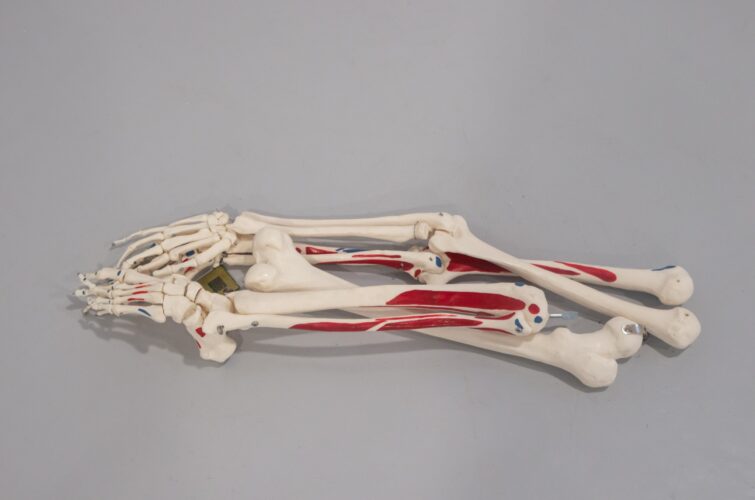
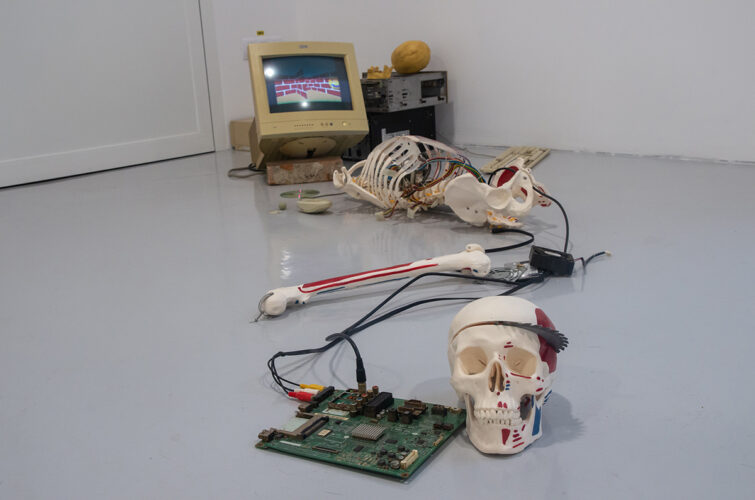
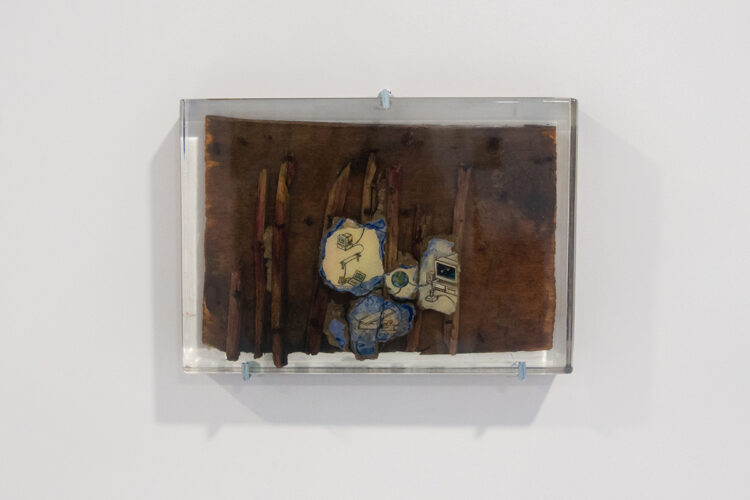
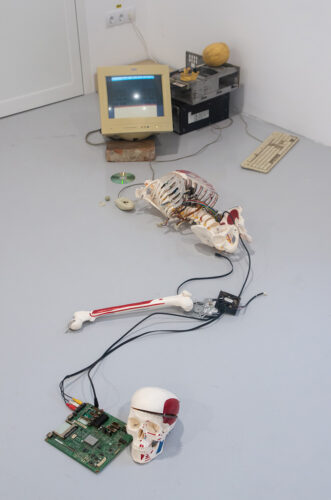
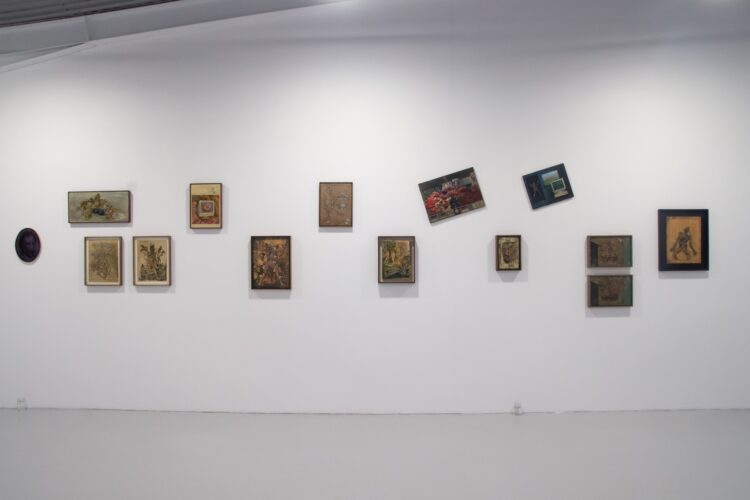
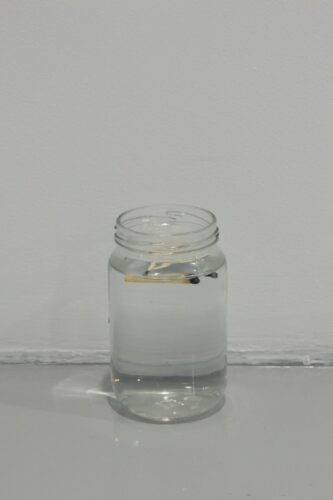
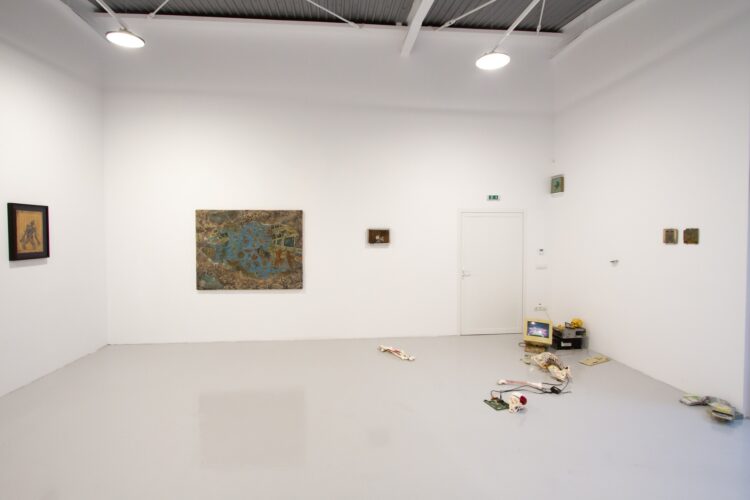

Comments are closed here.